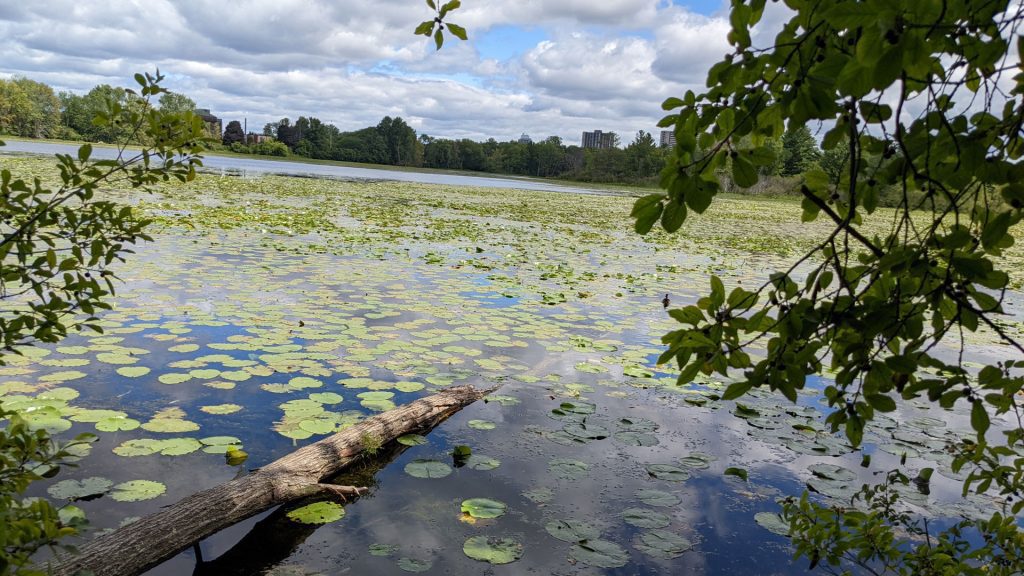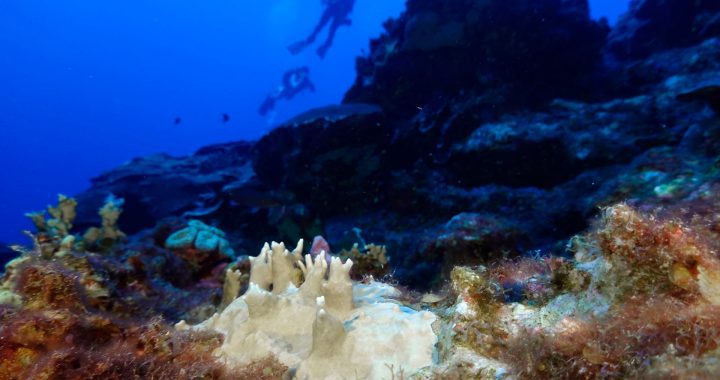
The latest report assessing the status of wildlife across Canada paints a picture of nature in crisis, biodiversity experts said Tuesday.
It comes just as Canada is readying to host a major biodiversity conference in Montreal aimed at negotiating a global agreement to protect nature, similar to how the Paris agreement is intended to halt global warming.
“Extinction is a very chilling word,” said Liberal MP Terry Duguid, parliamentary secretary for environment and climate change.
“Once something is gone, it is gone forever. So the clock is ticking.”
Wildlife Species 2020, the fifth national assessment ranking everything from mammals and birds to lichens and fungi, said 135 species that were at one time found in Canada are believed to be extinct, and another 4,883 are threatened in some way.
That includes 873 that are critically imperilled, mainly because of human activities that have encroached on their habitat.
In all the report has some information on more than 50,000 species in Canada, but only enough information to give a specific risk ranking to about half of them. And one-fifth of those species are considered to be at risk.
“The report lays bare some brutal truths,” said Gauri Sreenivasan, director of policy at Nature Canada. “In Canada we are losing nature faster than we can recover it.”
Read More:
Indigenous peoples at greater risk of flooding caused by climate change: study
Latest UN climate change report cites ‘broken promises’ that will lead to an unlivable world
Sreenivasan and several other nature groups stressed Tuesday that the only real solution to this problem is for people to protect more natural habitat from human activity.
Canada is aiming to protect 30 per cent of its land and marine areas by 2030.
Sandra Schwartz, executive director of the Canadian Parks and Wilderness Society, said that’s the bare minimum needed.
“What’s ultimately needed to conserve biodiversity is to protect at least half of the Earth’s land and ocean ecosystems,” she said.
While the assessment itself was completed in 2020, it took almost two more years for the report to be written and then approved by the federal, provincial and territorial governments.
Many of Canada’s iconic species _ the beluga whale, common loon, Atlantic puffin, American beaver and the moose _ are doing just fine, ranked as secure. But many more are not. The polar bear, bison, killer whale, caribou and walrus are all listed as vulnerable.
Between 2015 and 2020, 18 species became genuinely more at risk, including 11 birds, three trees, the Acadian redfish, and the yellow-banded bumblebee.
The Black Ash tree was ranked as secure in 2015, but after five years of damage from the Emerald Ash Borer, in 2020 it declined so much it’s now listed as imperilled.
The species are given a ranking using 10 data points that look at things such as the range of their habitat and their known numbers over time. Species for which there is insufficient information are not ranked, such as the honeybee, the western spotted skunk and the bearded seal.
The report also notes more than 3,000 species are now in Canada that don’t really belong here. They’ve moved in by stealth, sometimes stowing away on shipping containers, and sometimes brought purposely by people who didn’t know any better.
In many cases those exotic species are contributing to the decline of natural species. They include plants like the purple loosestrife, which crowds out native plants and diminishes wetlands, affecting breeding grounds of fish and waterfowl.
While mammals often get the most attention when they’re at risk, they account for less than one per cent of the known species in Canada. Eleven mammals are considered critically imperilled, including the North Atlantic right whale, the North Pacific right whale, the common grey fox and the Northern elephant seal.
The black-footed ferret is considered to be extinct, while the least shrew is believed to be extinct.
A look at some of the species at risk in Canada
The Wild Species 2020 report released Tuesday identifies more than 5,000 species that are extinct or at risk of going extinct in Canada.
That included 18 species whose ranking is considered genuinely more at risk in 2020 than in 2015. Of those, seven are now considered to be vulnerable or imperilled. Here’s a quick look at them:
The Black Ash tree _ A tree native to Eastern Canada and the northeastern United States, the Black Ash tree has been decimated by the Emerald Ash Borer. In 2015, the Wild Species report ranked it as totally secure. By 2020, so many trees had died it is now considered to be imperilled.
Western green hairstreak _ A butterfly native to western Canada and the western United States, increased threats and an observed decline in numbers between 2015 and 2020 changed its status from vulnerable to imperilled.
Acadian redfish _ The Acadian redfish calls the waters of the northwestern Atlantic home, including the Gulf of St. Lawrence. Ranked as imperilled in 2005, the fish rebounded to an apparently secure state by 2015. But in 2020, the ranking was raised to vulnerable, though the report does not specify why.
Western grebe _ A small black and white water bird with a swanlike neck and red eyes, the western grebe has breeding grounds in the Canadian Prairies and the central interior of British Columbia. Its ranking was upgraded from apparently secure to vulnerable between 2015 and 2020. It faces threats from human activities including boating, water level changes, pesticides and invasive species destroying its habitat.
Long-billed curlew _ A large sandpiper that depends on Canada for about one-sixth of its breeding grounds, the species has declined enough in number that its ranking moved from apparently secure in 2015 to vulnerable in 2020. Its biggest threats are habitat loss due to conversion of grasslands to farmland, fires and fire suppression in forests, and human development in its winter habitats, which are largely outside of Canada.
American golden plover _ A medium-sized plover, most of these birds weigh less than 200 grams. Their breeding grounds are mainly in the Arctic, and they winter in Central and South America. Due to limited breeding, the ranking in 2020 increased to vulnerable from apparently secure in 2015.
Cerulean warbler _ A small songbird that usually winters in South America, its breeding grounds extend into southern Ontario and southwestern Quebec. Deforestation and logging are among the biggest threats to this species. Its numbers have declined enough to adjust its ranking from vulnerable to imperilled.









